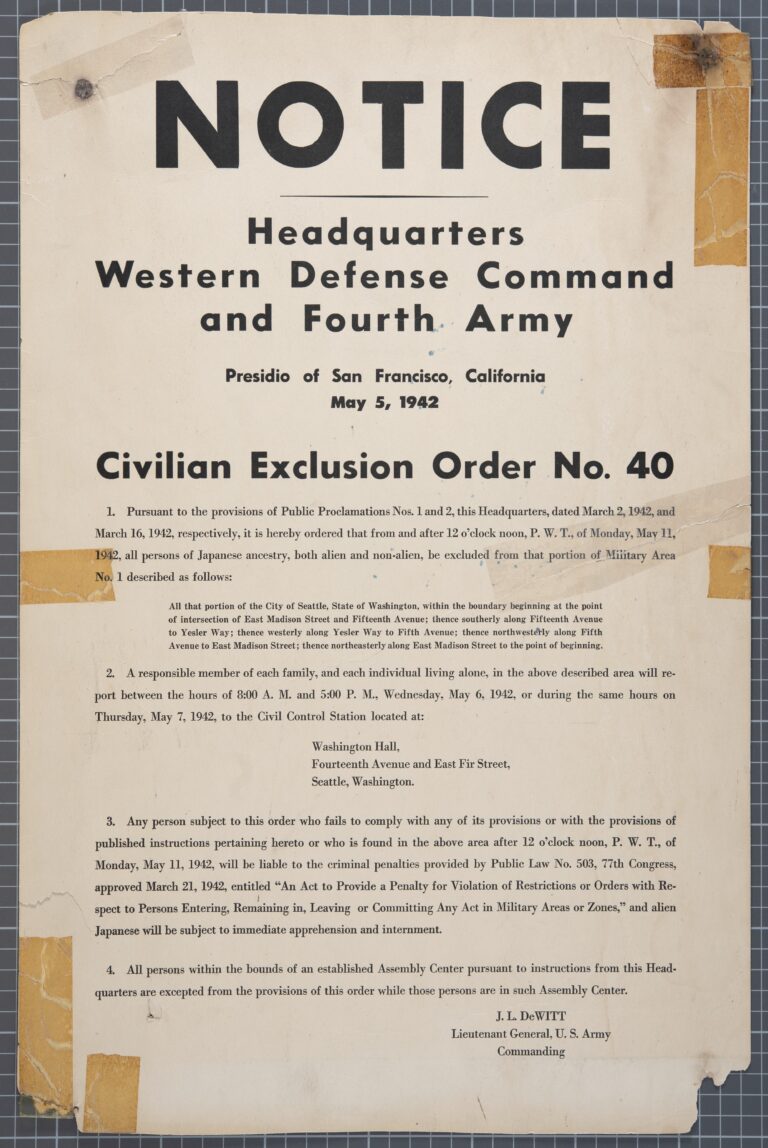Witness to History: Gladys Gage and the Internment of Japanese-Americans during WWII
Just over 83 years ago, on December 7, 1941, the Imperial Japanese Navy attacked the U.S. port at Pearl Harbor, Hawai’i, drawing the previously neutral United States into joining the side of the Allies in World War II. Mistrusting the sympathies of its own citizens, the United States also responded by placing approximately 120,000 citizens of Japanese descent–even those whose families had been in the United States for two or three generations–into ten internment camps. Every February 19th, a Day of Remembrance recalls President Franklin Roosevelt’s signing of Executive Order 9099, which gave immense and unjustified power to the United States military to imagine the coastal regions of the states touching the Pacific Ocean as wartime “zones of exclusion.”
Part of the experience of these families is documented in letters and items preserved in the Gladys L. Gage collection at the Watkinson Library.
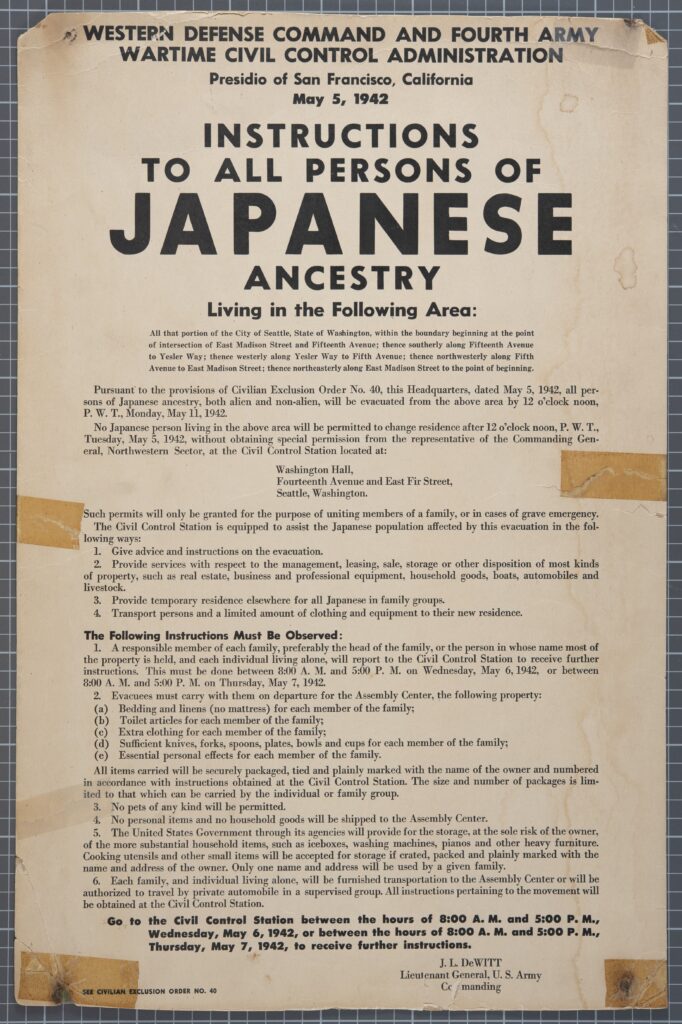
Gladys L. Gage, a teacher from Hartford, Connecticut, went on a year-long exchange starting in the summer of 1941 to the Washington School in Seattle, Washington, where she taught classes of seventh and eighth graders. In letters back to her family, Gage recounted her experiences getting to know the pupils of diverse ethnic backgrounds who comprised her classes. Through her letters we see her eyes opening to the recognition that all her students were in fact American children, while she grew at the same time to appreciate the customs and traditions that their families brought from their cultures of origin.
The Gage collection includes photographs that Gage took of students at a Japanese cultural festival and at the dedication of a Buddhist temple.
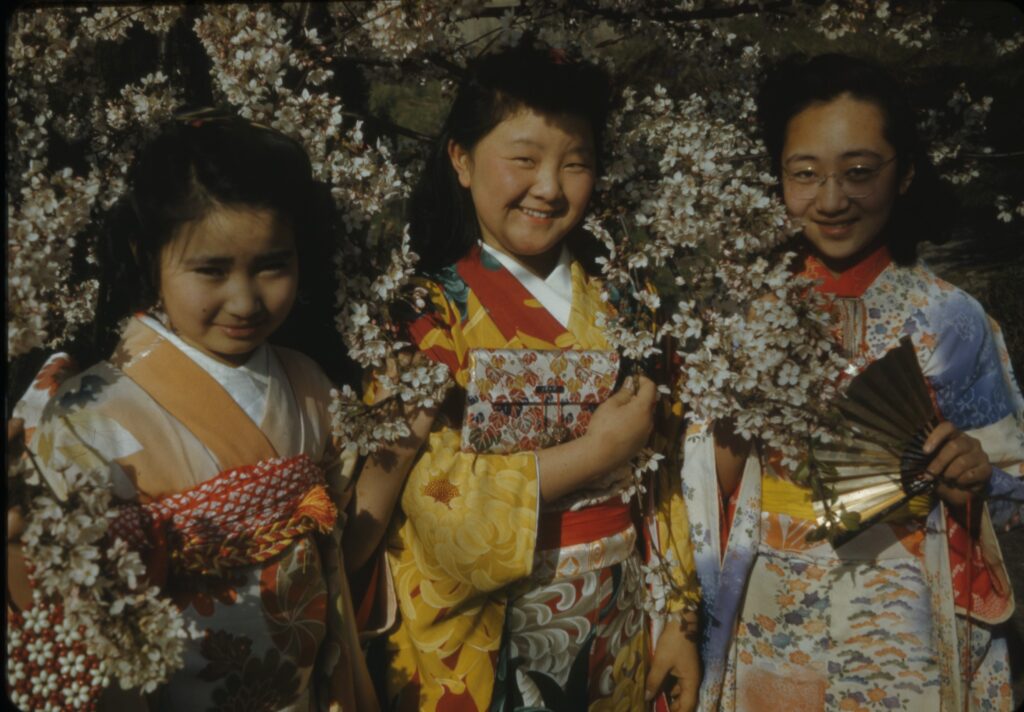
When the U.S. relocation and evacuation began in early 1942, nearly one-third of Gage’s students were sent to various internment camps, including Camp Harmony, Puyallup, Washington; Minidoka, Idaho; and Hunt Branch, Twin Falls, Idaho.
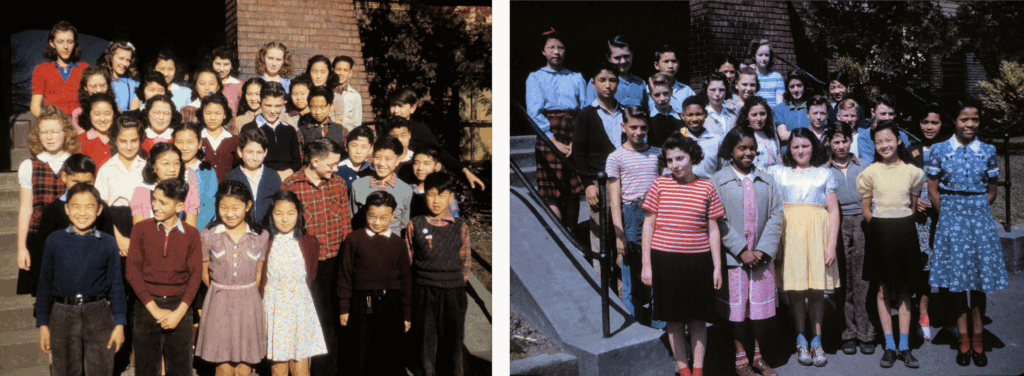
Gage kept a list of their addresses, also in the collection, and followed up with them through letters sent to the camps.
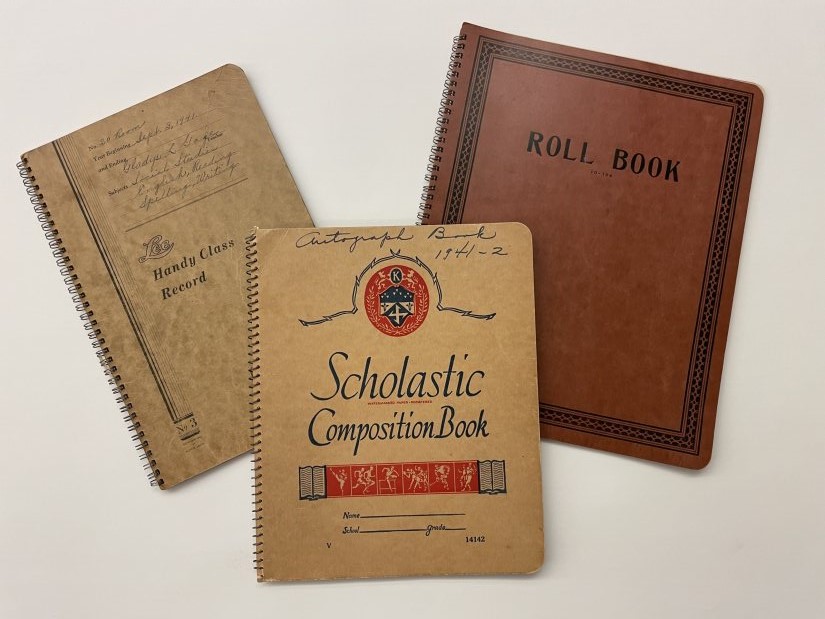
In turn, she received cards, letters, and objects from her students and their families, including a corsage made by a student’s parent from shells found in a riverbank at the camp in Twin Falls, Idaho.

Over the rest of her 38-year career, Gage taught at Noah Webster School, Weaver High School, and Renbrook School in West Hartford. In 1982, Gage donated her collection to the Watkinson Library. At that time, she came to Trinity’s campus and a small exhibit was prepared for the public.
The collection contains correspondence to Gladys L. Gage from her Japanese American students held in relocation centers and camps, and correspondence to her parents recalling the aspects of the relocations and teaching students spanning 1941-1942. The collection also contains roll books from 1941, autograph books, and compositions written by Gage’s students at the Washington School in Seattle. Other materials included in the collection include photographs and slides of Seattle, Washington depicting the community during the period, informal publications on the Japanese American relocation, school records, and religious books.
The Gladys L. Gage collection at the Watkinson Library is available for public use, research, and enjoyment during scheduled research appointments between the hours of 9 a.m.-4 p.m. on Mondays through Fridays. Please contact the Watkinson Library Reading Room (watkinson@trincoll.edu) for more information and to make an appointment to access the manuscript collections of the Watkinson Library and College Archives.
————————————————————————————————————
In 1948, the Japanese American Evacuation Claims Act attempted to provide some compensation for the financial losses incurred by those interned during the war. In 1988, through the passage of the Civil Liberties Act, the United States government officially apologized for “the fundamental injustice of the evacuation, relocation and internment of citizens and permanent resident aliens of Japanese ancestry during World War II” and committed itself more thoroughly “to make restitution to those individuals of Japanese ancestry who were interned.”
Starting in 2025, a book containing the names of over 125,000 people of Japanese ancestry who were incarcerated as part of Executive Order 9099 is touring the United States. The book will be traveling to various places, particularly in the western United States, where ceremonies of remembrance will be occurring. Created by “The Irei: National Monument for the WWII Japanese American Incarceration,” the book–known as Ireichō–serves as a monument to the individual lives of those affected by this “fundamental injustice.” A companion website, or Ireizō, allows the public to search for specific names in a database. Many of the names of students who were removed from Gladys Gage’s class are searchable through this database.
Search by Keyword
Search by day
| M | T | W | T | F | S | S |
|---|---|---|---|---|---|---|
| 1 | 2 | |||||
| 3 | 4 | 5 | 6 | 7 | 8 | 9 |
| 10 | 11 | 12 | 13 | 14 | 15 | 16 |
| 17 | 18 | 19 | 20 | 21 | 22 | 23 |
| 24 | 25 | 26 | 27 | 28 | 29 | 30 |
| 31 | ||||||
search by month
Search by Keyword
Search by day
| M | T | W | T | F | S | S |
|---|---|---|---|---|---|---|
| 1 | 2 | |||||
| 3 | 4 | 5 | 6 | 7 | 8 | 9 |
| 10 | 11 | 12 | 13 | 14 | 15 | 16 |
| 17 | 18 | 19 | 20 | 21 | 22 | 23 |
| 24 | 25 | 26 | 27 | 28 | 29 | 30 |
| 31 | ||||||
